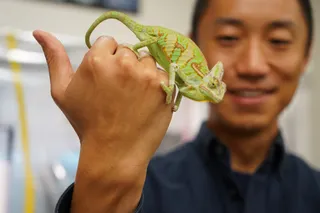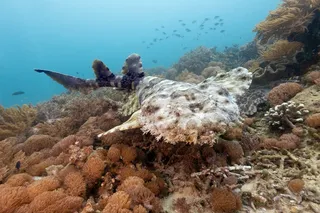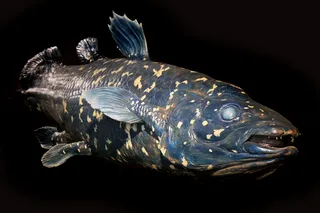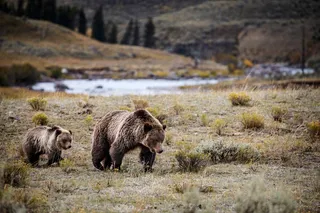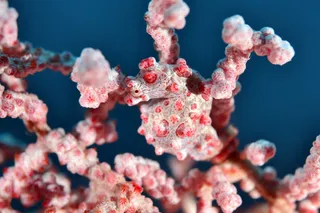
If you want to be leggier, consider moving to Florida. It might even work if your parents have average-sized limbs. New research has found that DNA isn't the only route to long legs: Warmer temperatures can also lead to longer limbs by helping cartilage grow, at least in mice. Researchers raised baby mice in cold (45F), normal (70F), or warm (81F) temperatures for about two months. The mice raised in warmer temperatures grew longer tibias and femurs (leg bones), and metatarsals ("toes"). The researchers say the effect may be partly explained by increased blood flow under warmer conditions, which promote growth of the cartilage capping the ends of long bones. However, this doesn't fully explain the results, and they believe temperature also affects other biological mechanisms, like the expression of proteins. People have long observed that animals, including humans, seem to take on different sizes and shapes depending on the climate of their habitats. One main observation, known as Allen's rule, says that warm-blooded animals living in warmer habitats tend to have longer limbs to allow for more heat dissipation. In colder climates, stubbier limbs help conserve heat. Bunnies are an often cited example: the Arctic Hare is round and compact while the desert-dwelling Jackrabbit is leggy and long-eared. But these traits were believed to be derived genetically, from one generation to the next. The new study, published in PNAS [subscription required], is evidence that environment also plays an important role, and can take effect within a single generation. So chalk one up for nurture in nature vs. nurture. Or, at least, it's a good reason to take that tropical island vacation. Related Content: DISCOVER: DNA Is Not Destiny DISCOVER: How Good Genes Go Bad
Image: flickr / lemoncat1


